Honor 8 Pro Review
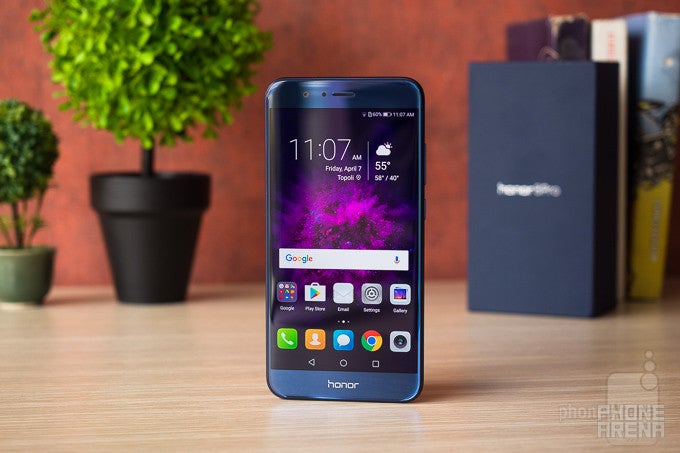
Introduction
Just as rumored, the Honor V9 has been officially brought from China to the European shores as the Honor 8 Pro, making it one of the best phablets you'll be able to order there this season. The 6 GB RAM model is available to order in black, blue and gold in the United Kingdom, France, Germany, Italy, Spain and Switzerland, for 549 EUR or £474. The gifts include your choice of a 128 GB microSD card or a 10,000 mAh Huawei power bank, along with some common niceties like a selfie stick tripod.
That's pretty reasonable pricing, especially considering the freebies and the cardboard VR inside the box, as for fans of higher-end handsets, the Honor 8 Pro is stuffed to the gills with contemporary tech. Perhaps its biggest advantage is the huge 4000 mAh battery capacity that fits in a 7mm thin body, and charges fully in less than two hours, at least on paper. What else is in there? Soldier on with our full review to find out...
In the box:
- Cardboard VR with lenses
- Fast 9V/5V, 2A wall charger
- USB-C cable
- Warranty leaflets, SIM ejector pin, and quick start guide
Design
Beauty, meet beast – the thin and stylish metal body makes you wonder how did they fit all that jazz in there
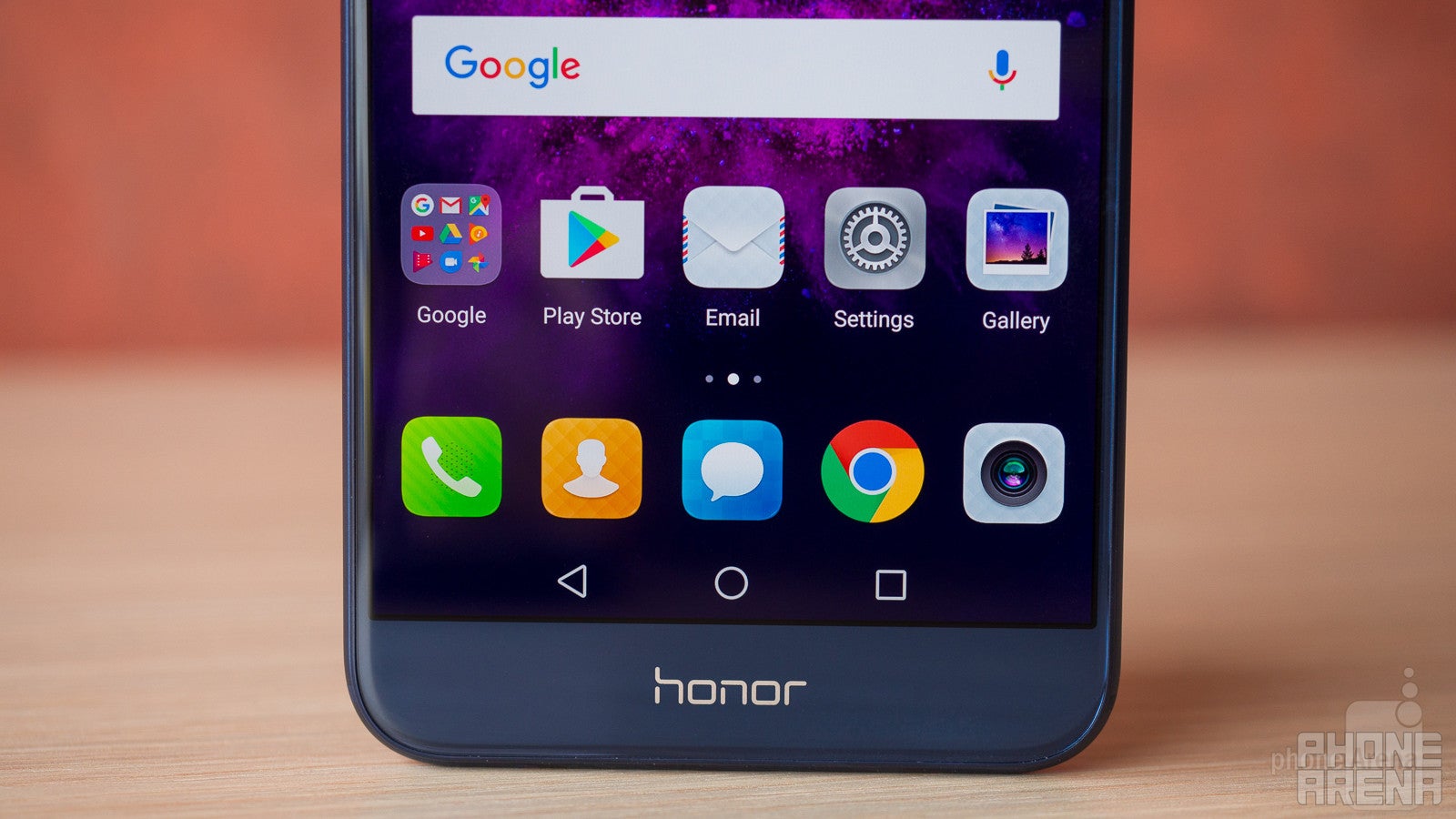
Needless to say, when Honor sent us the press materials for the 8 Pro, the sheer fact that it managed to fit a 4000 mAh battery in an ultra-slim metal body piqued our interest, but now that we have the phone in our hands, we are even more impressed. Crafted out of light metal alloy, the handset is available in black, blue and gold, with all colors treated to a matte finish. We have the most intriguing blue version to play with. The phone is very thin at sub-7mm, and light for its 5.7” display diagonal, at 184g. For comparison, this is a lighter and more compact device than the 5.5” iPhone 7 Plus, which also carries a dual camera on the back.
The Honor 8 Pro is still a pretty big phone, though, especially compared with the new “all-screen” crop of flagships like the LG G6 or the Galaxy S8 that shave the top and bottom bezels to the max. Thus, the 8 Pro is as unwieldy to hold and operate with one hand as you can expect from a 5.7-incher. Thankfully, Honor has included interface tricks to shrink the image into a size more manageable for your thumb reach, and has placed the finger scanner on the back right under your index finger when holding the phone with one hand. Moreover, that finger scanner serves as a touch pad that can slide down or roll back up the notification shade, so you don't have to use two hands to do this simple action.
Looking around the sides, the volume rocker and power/lock on the right are somewhat thin, but still easy to feel and press without looking, with good tactile feedback. The phone comes with a USB-C port for charging and data at the bottom, and, something we rarely see these days – an IR blaster at the top for controlling your home electronics like a TV or even an AC unit.
Display
Big, bright and high-res, the display is brought down by cold colors and terribly saturated greens
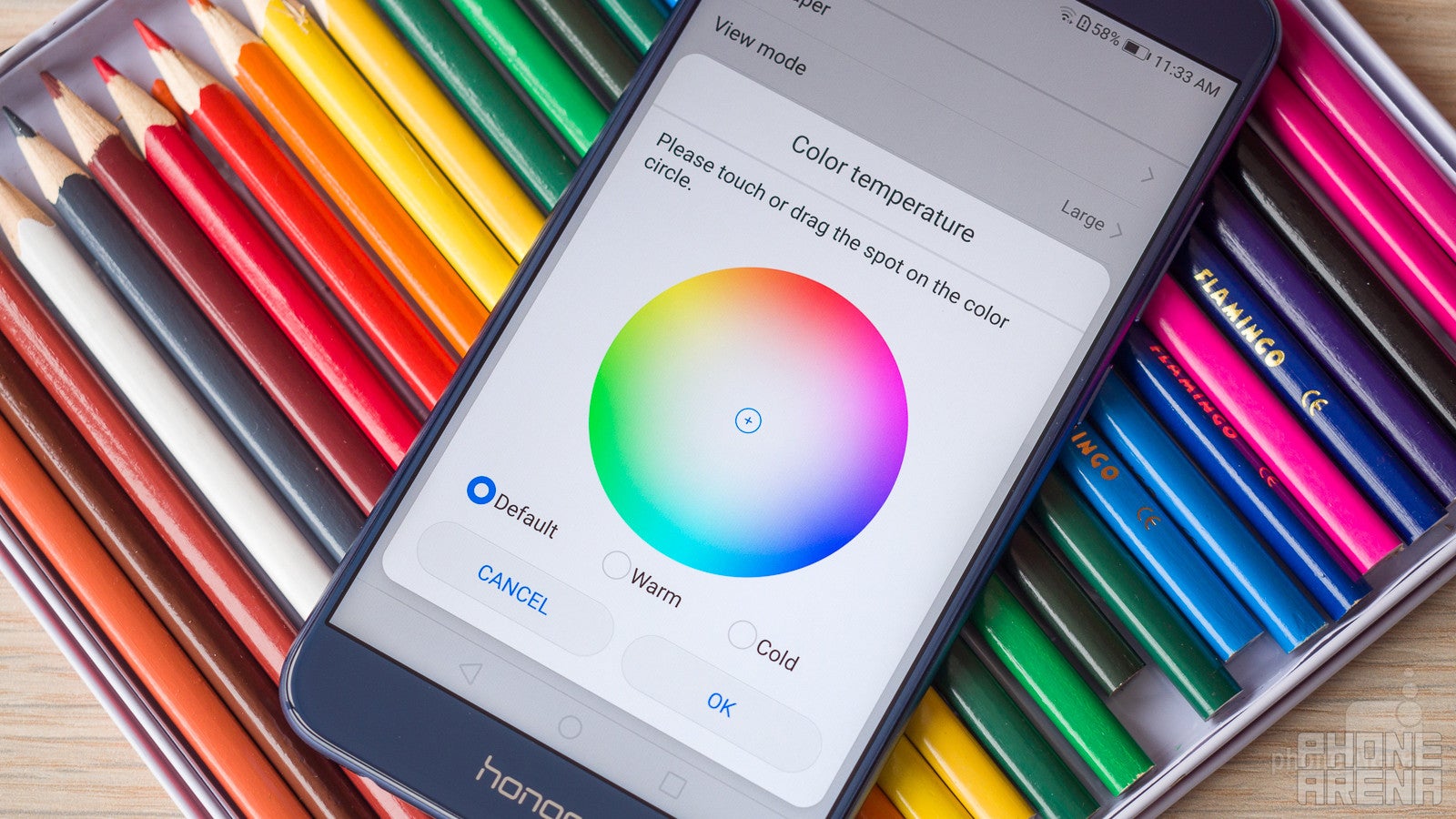
Honor decided to equip the 8 Pro with a Quad HD LCD display with 2560x1440 pixels resolution, catapulting it straight into flagship category. Thankfully, it was also wise to place a big battery pack in the phone, as Quad HD handsets consistently score much worse in our battery life benchmark than their 1080p counterparts with the same battery capacity. Granted, Honor gives you the option to lower the display resolution to 1080p or even HD, but the backlight still has 3 million pixels to push through, so the difference in endurance is negligible.
In addition to the fine 500+ ppi pixel density, the screen is your typical IPS LCD affair, with good viewing angles, high peak brightness, and low reflectance that aids sunlight visibility. The color presentation, however, is the panel's weakest spot, as the hues are way on the cold side of the spectrum compared to the reference, and the greens are oversaturated. There is a way to tinker with the color point in the display settings, but we doubt there will be many users that will bother with that.
Interface and functionality
The newest EMUI is fast, fun and functional
The Honor 8 Pro ships with Huawei's newest EMUI 5.1 atop Android 7.0 Nougat. It is the same zippy and functional interface we encountered during the Mate 9 review, or after the Honor 8 got the Nougat update. The notifications and connectivity toggles are merged in one place in the shade now, and there are some nifty knuckle gestures added, like dragging left to right to split the screen in two for multitasking.
Speaking of gestures, Honor could have added a swipe-down one for unfurling the notification shade, or a double tap to wake or lock the screen. It thought that the physical lock key and the touchpad function of the finger scanner would suffice for those, but we do like to have options.
Honor touts "fluid VR streaming" for the 8 Pro, and even includes a bundled cardboard viewer and pre-installed Jaunt VR app containing a wealth of video content. Buyers will also be able to dive into the world of Galaxy on Fire 3, the first 3D game running on the Vulkan interface, all for free. Good guy Honor.
Processor and memory
This thing is fast, and the memory management is admirable
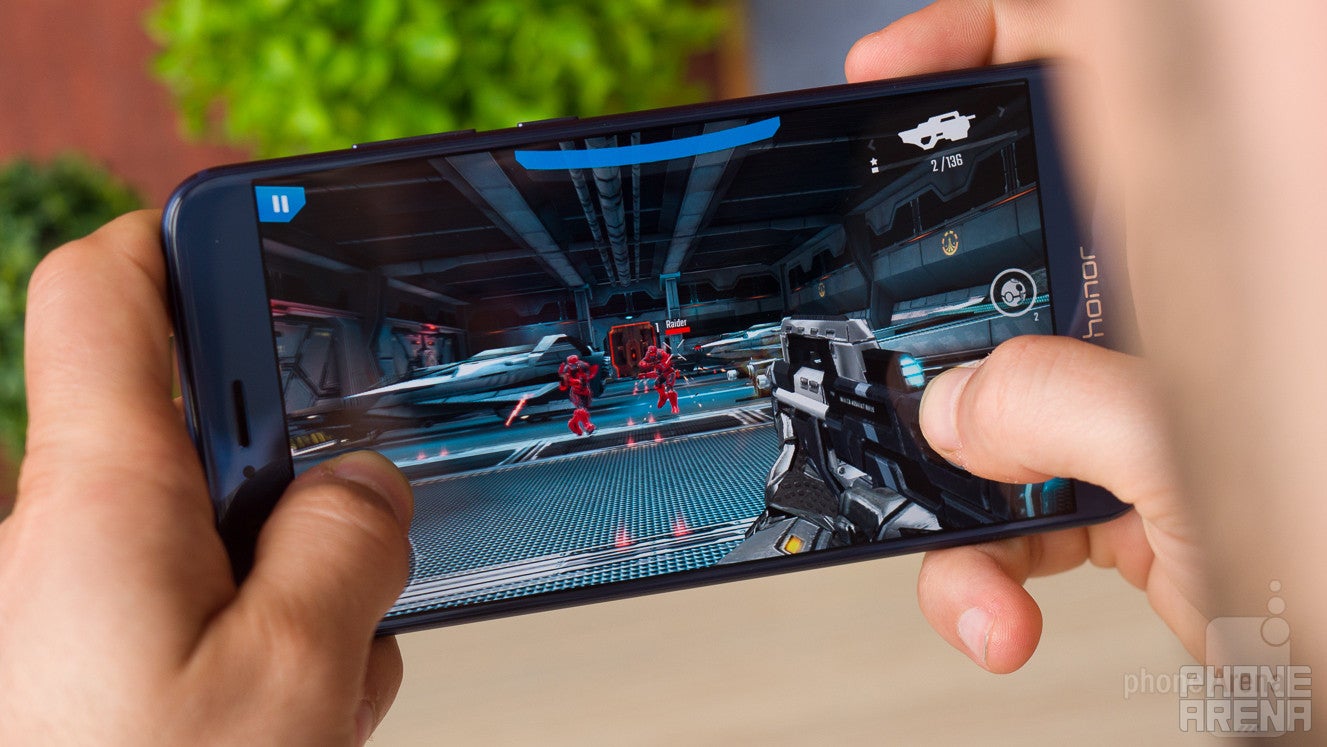
The Honor 8 Pro is armed with the latest Kirin 960 processor, which is accompanied by blazing Mali-G71 graphics. Manufactured by Honor's parent company Huawei, it's the same octa-core chipset found within the Mate 9 which, as we noted in our review, is plenty powerful, with the latest Cortex-A73 top-shelf cores, clocked at 2.4 GHz.
Furthermore, on offer are no less than 6 GB of LPDDR4 RAM, and 64 GB of expandable storage, so Honor is bringing its A-game here. We didn't encounter any unorthodox hiccups or prolonged app loading times, and the phone can line up tens of apps in memory without slowing down in a noticeable manner.
In fact, EMUI 5.1 employs several new optimizations such as active RAM defragmentation, memory compression, and faster kernel for memory recycling, so that the handset doesn't bog down with time as smartphones tend to do. In addition, the intelligent system management learns from your usage type. For example, if you tend to open an app at a certain time of the day, the system would keep track and preload it in anticipation. Even if you are not a creature of habit, if you open an app frequently, like your Facebook, chat or Twitter app, in a week or so you will notice that the time it takes to launch those apps has been cut down, as they are prioritized further.
Connectivity
The phone has two SIM card slots, one of which doubles as a microSD card tray, so you can connect to two network providers at once, or use a single carrier and expand your storage. The LTE band count is not as rich as with Qualcomm's modems in its latest Snapdragon chipsets, but does cover all European carriers, and that's where the phone is heading to. In addition, Honor throws in every connectivity radio under the sun, complete with an infrared emitter at the top for controlling your home TV, AC and the like. Wired connectivity is, thankfully, done via a fast USB-C port at the bottom.
Camera
Dual camera does all the tricks in the book, but photo colors are dull, and 4K video jittery
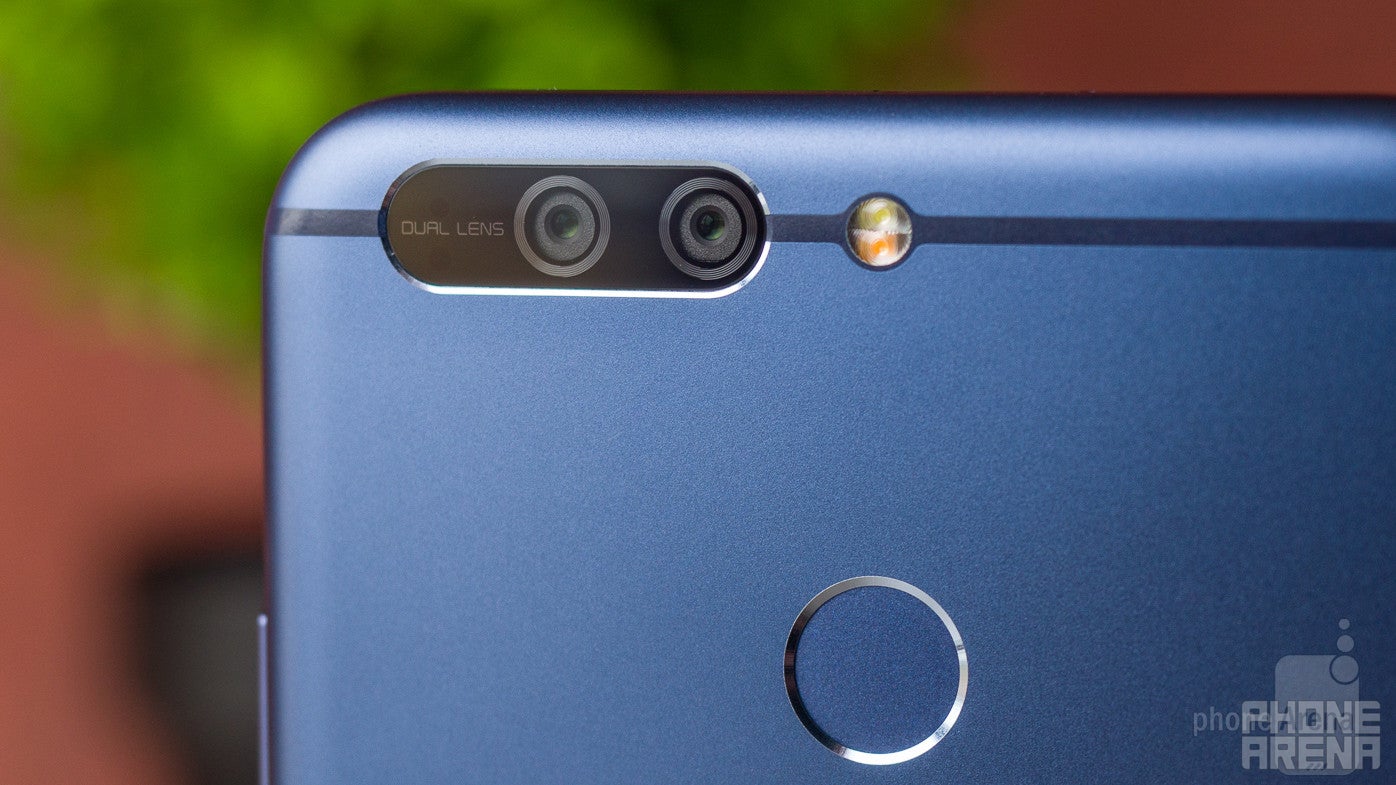
The Honor 8 Pro combines a monochrome and RGB sensor in a 12 MP dual-lens camera setup, so you can do black and white photography, or let the software merge the detail and luminance from the monochrome image with the color info from the RGB sensor for a better pic in Auto mode. Thanks to that dual camera setup, Honor 8 Pro offers wide aperture mode for photo and videos, which creates a more pronounced blur in the background of your photos. The strength of the effect can be adjusted anytime after the shot has been taken. Adorning the front of the device is an 8-megapixel selfie camera.
The camera app offers a fun assortment of shooting modes, which overlap with those found on the Mate 9 or the Honor 8, and the phone is quick to take and store a picture. In addition, you can double-click the volume down key in locked state, and the Honor 8 Pro will quickly enter the camera app and take a snap for a second or two, a pretty nice feat to have.
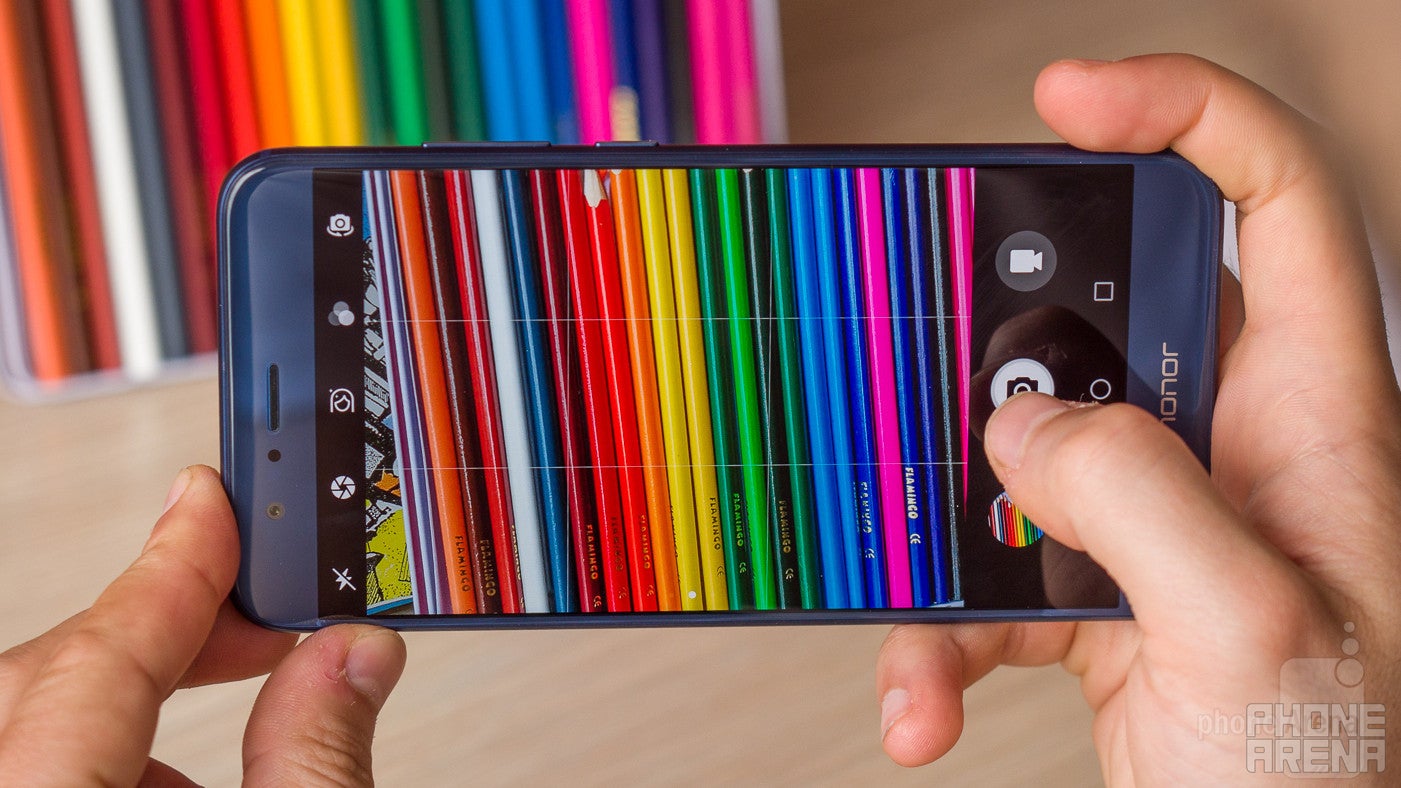
When it comes to initial focusing, though, we noticed that the camera takes its time to focus when you move from scene to scene when lighting conditions are less than ideal. You can always tap to focus, of course, but most phones usually do it seamlessly and on the spot.
In addition, pics taken in auto mode have cold, dull colors that seam a bit lifeless outdoors. Granted, it was a cloudy day, but even in sunnier conditions the colors tend to be cold and often undersaturated, which leaves a funky impression these days when most phones boost colors and contrast for flashier pics. You can always pump up the color and contrast sliders in the camera settings, but most folks would just point and shoot in auto. Other than that, the pictures are sufficiently sharp without being noisy, and the phone captures a good amount of detail.
Indoors and in low light, the hues look better, with livelier colors popping up from the frame. The dynamic range is about average, and bright objects tend to get overexposed in low light, but that's typical for most phone cameras.
Unlike the Honor 8, the 8 Pro can capture 4K video with 30fps, thanks to the fast new chipset. There is software stabilization, too, which works quite well in 1080p definition, but is not on by default, so you'd have to enable it in the settings. The 4K footage, however, is not stabilized, and is very jittery when panning around or simply trying to hold the phone still. Just like with the stills, the colors in the videos taken with the Honor 8 Pro could use a bit more pizzazz, and the 1080p footage is only about average in terms of detail.


Media
EMUI 5.1 introduces Highlights, a new feature co-developed with GoPro that intelligently organizes photos by category, and can automatically generate video stories that are easily customizable, straight from the gallery. The phone's audio prowess is about average, both in terms of headphones output, and with the provided loudspeaker, which could use a bit more oomph and a sound that comes out less flat. Watching videos on the big screen is a joy, though, and the video player runs every codec you can throw at it, plus you get some light video editing tools, if you are so inclined.
Call quality
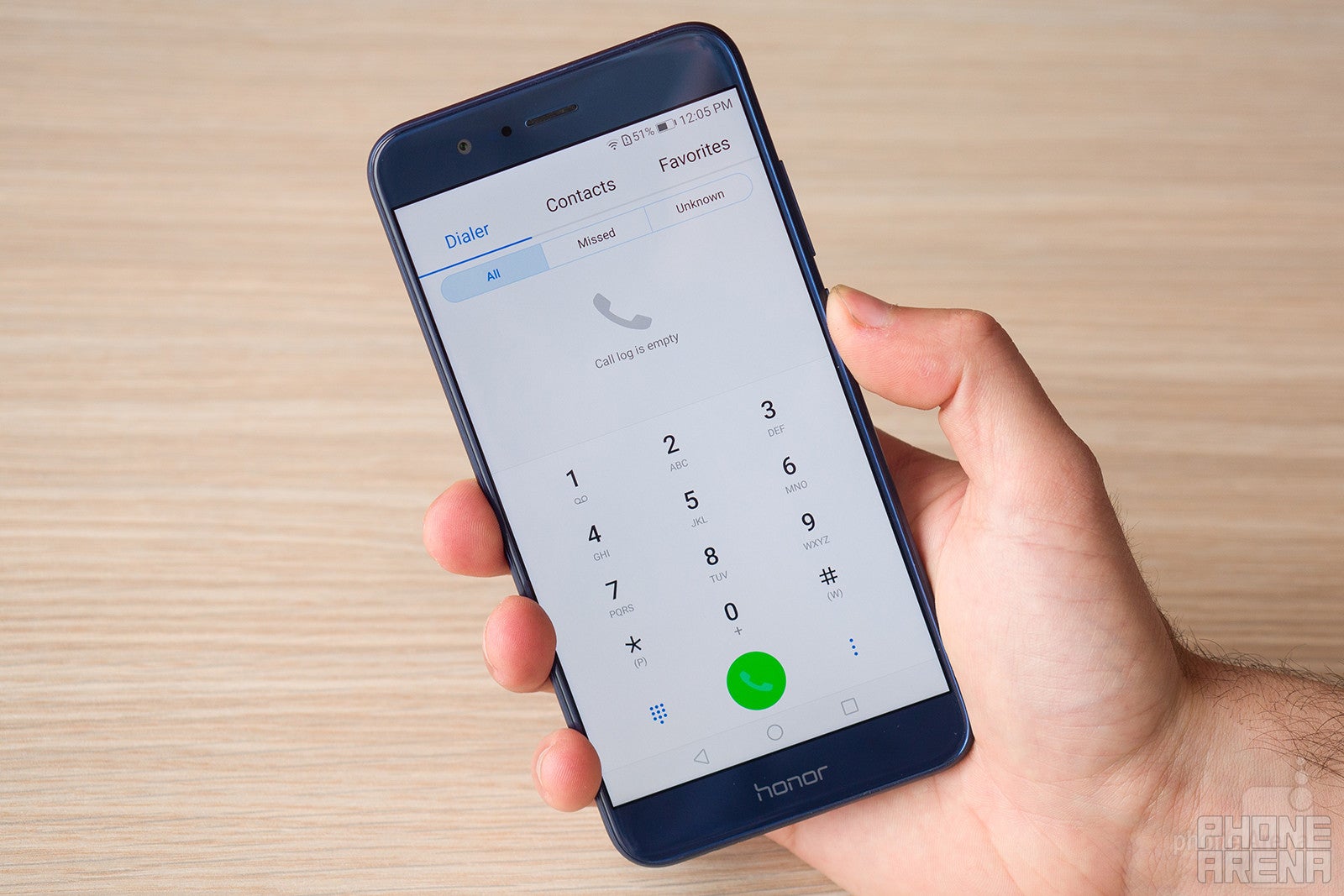
Call quality is rather average, both on our side, and on the side of the caller. The earpiece is strong enough, but the sound comes out a tad hollow and digitized, and the caller complained in similar terms about our voice relayed via the two noise-canceling mics.
Battery life
Record charging speed for the capacity, record endurance for a QHD phone – need we say more?
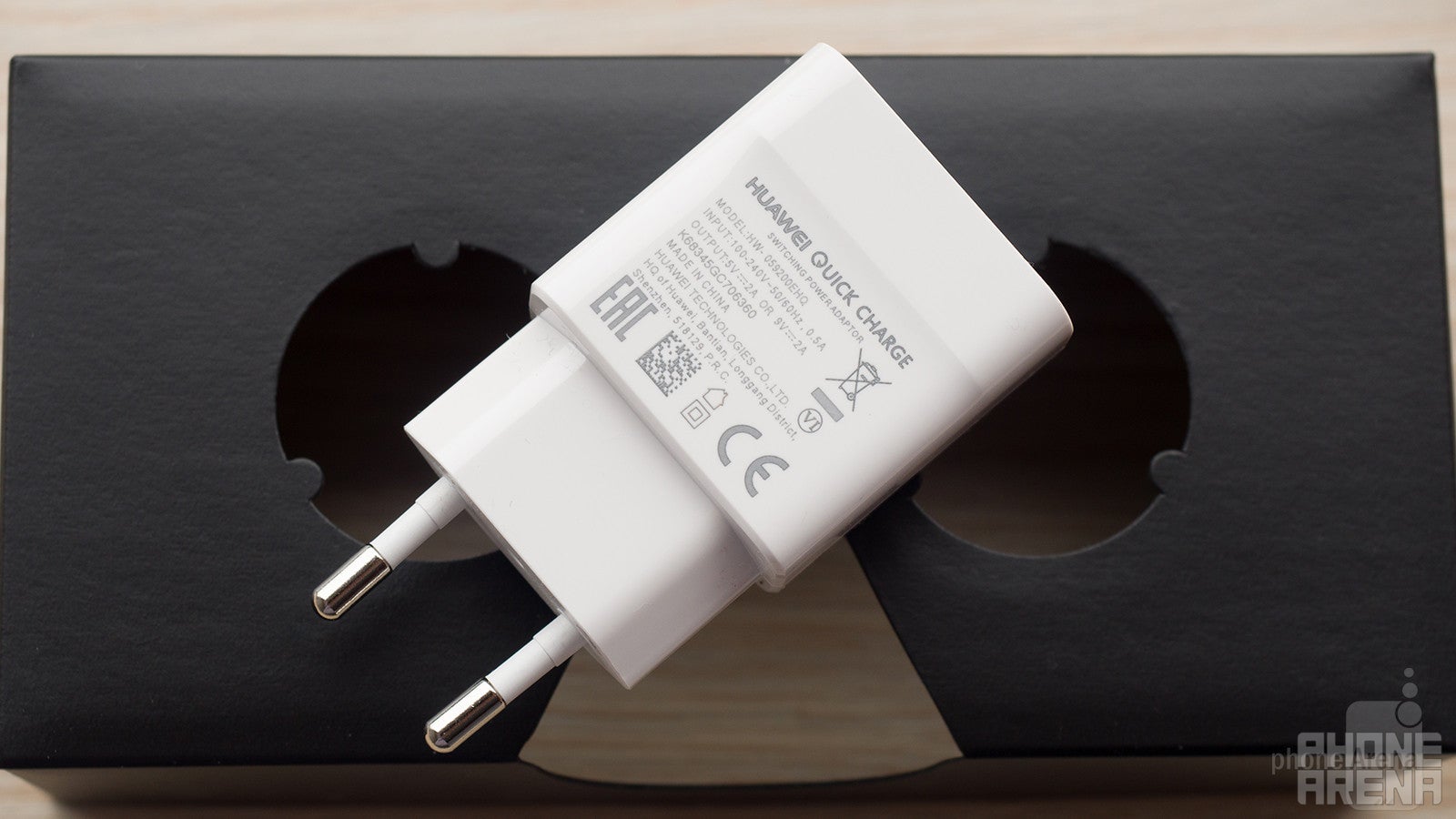
The Honor 8 Pro gets a sizable 4000 mAh battery, which is the same capacity as the Mate 9's juice pack. While the Honor 8 Pro's QHD resolution display ekes away battery at a quicker rate than the FHD Mate 9, Honor still touts two full days of battery life out of the pack, or about a day and a half with "heavy usage," whatever that entails.
That claim really depends on the usage pattern indeed – we clocked 8 hours and 39 minutes of screen-on time in our standardized battery benchmark test which may sound like nothing to write home about, but is in fact the best result for a modern brand-name phone with Quad HD display we've ever measured, and should suffice for a 1.5-2 days with normal usage.
Still, had the 8 Pro been with an FHD screen, it would have likely clocked a longer battery life, as exemplified by the Mate 9 with the same 4000 mAh battery that made it past 12 hours on our test, or the Honor 8 that clocked similar endurance to the 8 Pro, but out of a 3000 mAh battery. Oh well, VR aficionados have to pay a price somewhere.
Being able to charge the battery completely in an hour and fifty minutes, however, is an amazing feat at this capacity, no matter how you slice it, as its the fastest charging time we've recorded for a 4000 mAh unit. That's what Honor lists in its 8 Pro specs as charging time, and indeed we measured 1 hour and 46 minutes from zero to hero with the stock 9V/5V, 2A charger that comes in the box. Kudos, and the phone didn't even get warm during charging.
Conclusion
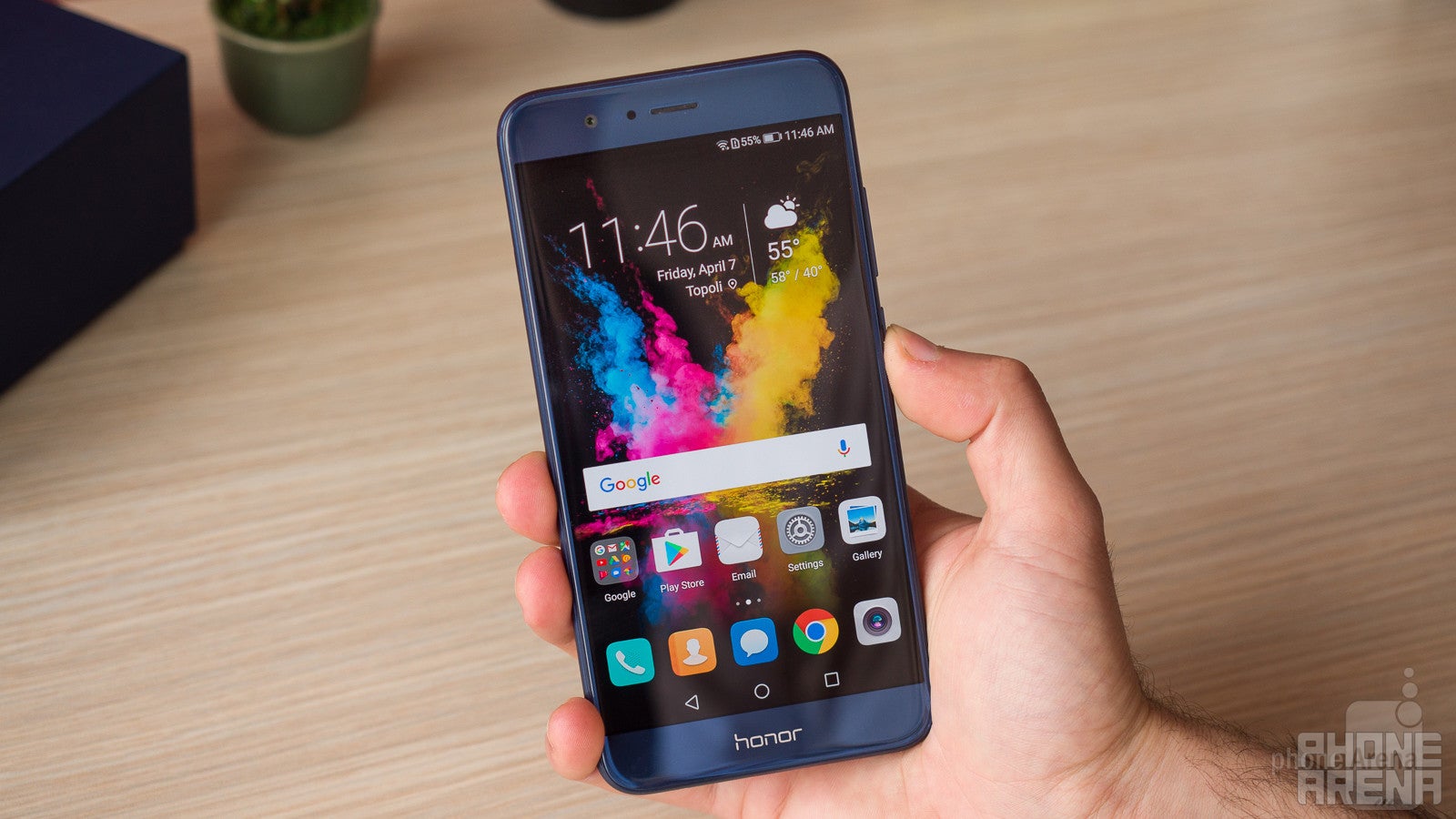
The Honor 8 Pro takes off where the Honor 8 left, adding a larger display, a faster chipset, more memory, and a bigger battery, all in a very slim and elegant metal body. That being said, it doesn't differ all that much as a concept – it still offers a dual camera with depth of field tricks, very good battery life, and the same pretty, functional interface, all at a price that undercuts the direct competitors just enough for potential users to pay attention.
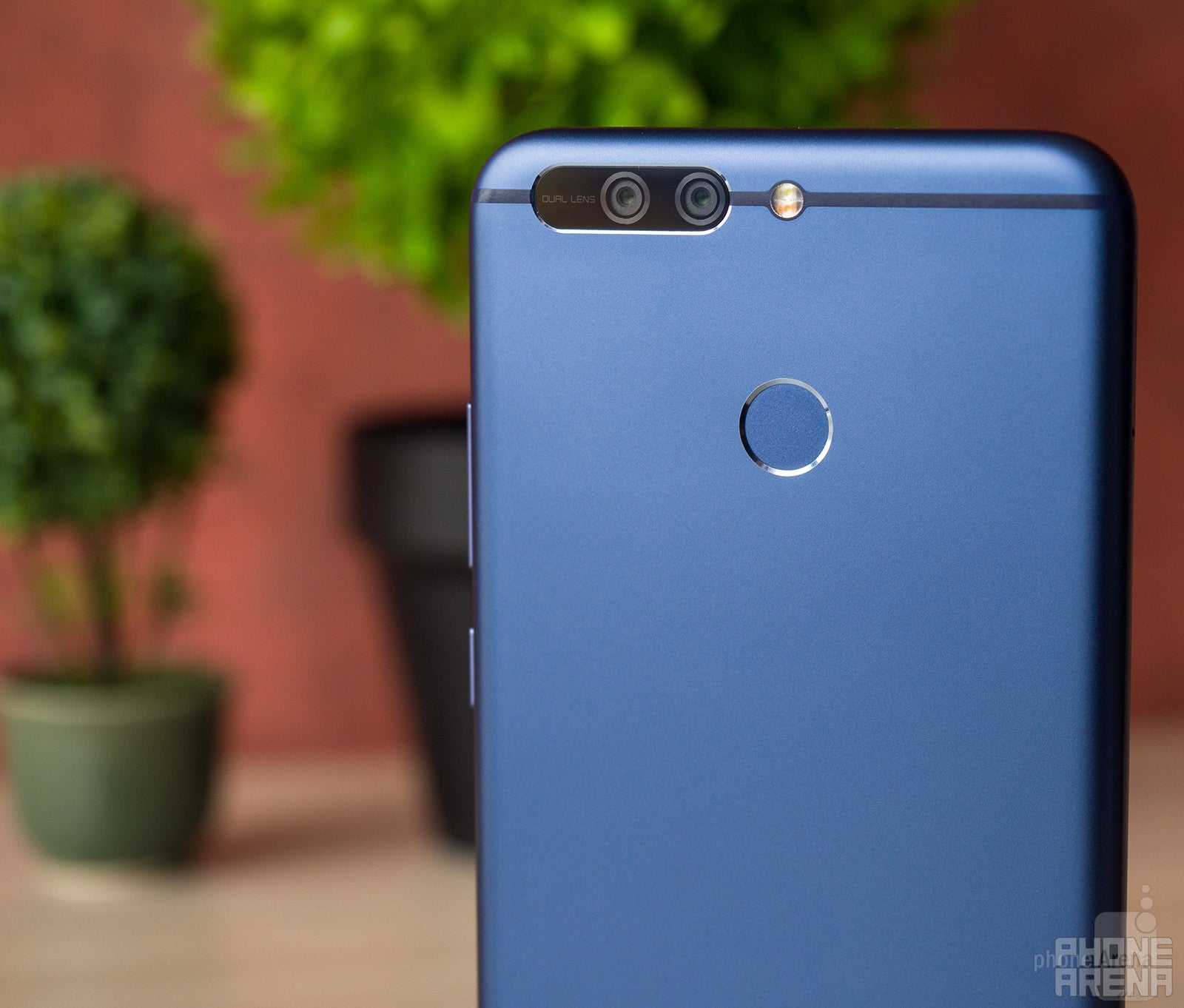
The phone is a bit unwieldy to handle in your palm, but, gunning for a 5.7-incher, one would already be mentally prepared for that. We also found the photo and video colors to be a bit dull in the default auto mode, but there are plenty of settings to play around with and inject some more life in the footage, if needed. All in all, a very solid offer from Honor, and one that would cement its value-for-money reputation, as the 8 Pro can spar with the best of the top-shelf handsets, and come out unscathed.
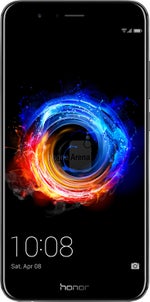
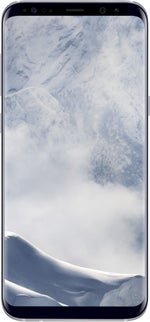
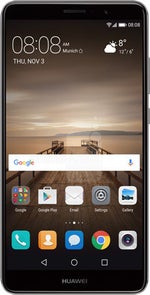
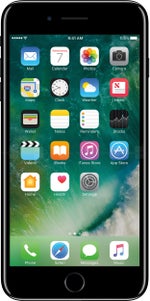

















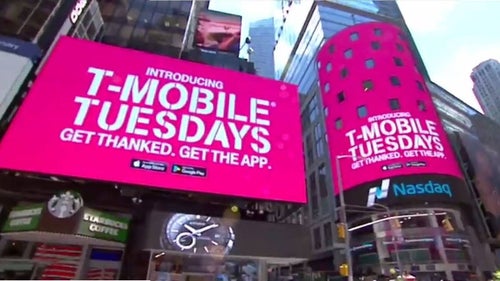


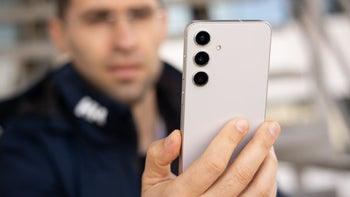
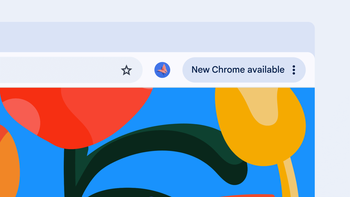
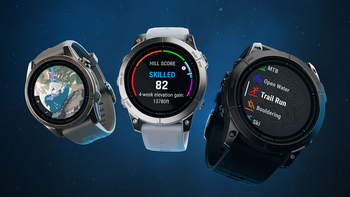

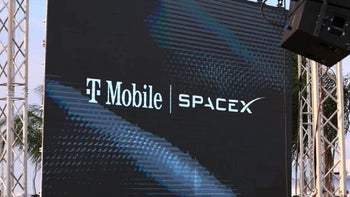

Things that are NOT allowed: